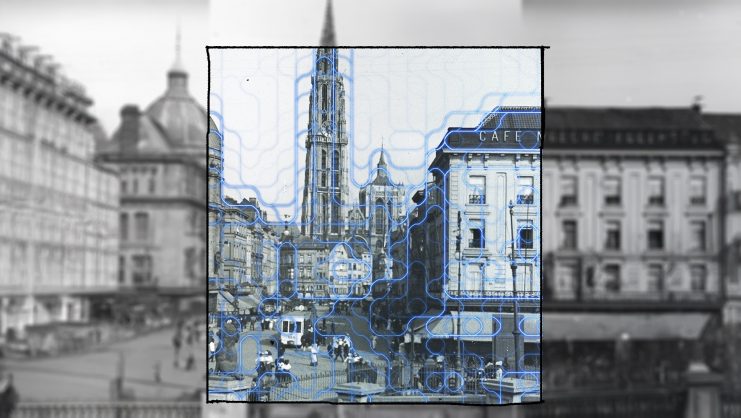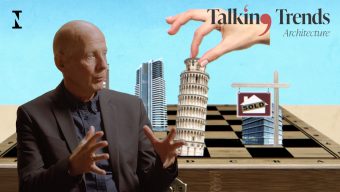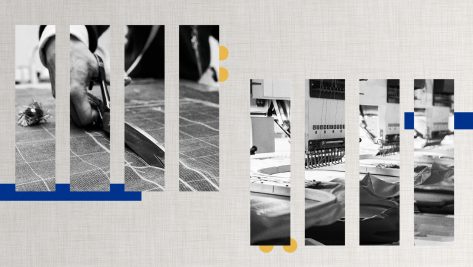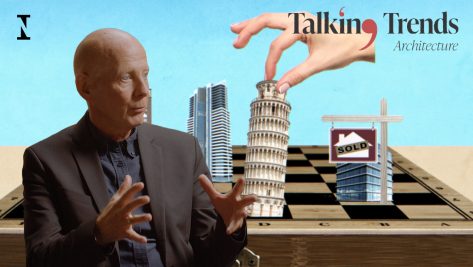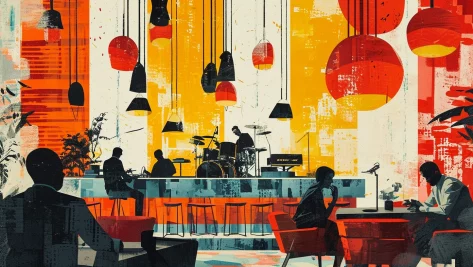Building Cooperative Cities: Lessons from Medellín
Medellín was infamous for extreme violence and poverty in the 1990s, but has since flourished into a shining light of urban planning. Architect Jorge Pérez Jaramillo explains how cooperation between academics, social leaders, entrepreneurs, and local government sparked this transformation.
© IE Insights.
Transcription
Today, we are living more and more in cities. Most of the population of this world is already living in cities, and I come from Medellín in Latin America, Colombia, where 80% of the population already lives in urban areas. So the city and the liveable city is the place of life. And when you find cities like Copenhagen, like Singapore, or, for example, cities like Medellín, in some way, the space, it’s accessible.
So the challenge in this global situation is to find ways to develop with enough equity these concepts, trying to co-create cities that are more and more inclusive for the future. We in Medellín have learned a lot from that because we were these kind of cities that are growing around the Global South still today with a lot of segregation, exclusion and extreme poverty.
What I used to call incomplete cities. So this process of completing these to reurbanize what is already urbanized with precarious conditions has been a challenge for many, many years now. And we have been learning how, with the participation of the people with democratic developments, with social infrastructures, it’s possible to create different conditions for the people and different societies.
As many people have heard in the past Medellín was one of the most violent cities ever. It was also a problem of poverty, exclusion, lack of democracy and many other problems. And we have been we have been working together as a collective to reinvent almost everything of our social contract. And architecture, urbanism and infrastructures have been fantastic tools for that, because after this social contract is developed, you need to build it.
You need to create the spatial conditions for human development in general. We in Medellín, during our critical times of the 90s, we used the schools of architecture, but also of social sciences, of law, of engineering and so on, to think differently about the city. And we succeeded in that. We learned a lot from that. And I think for the future, most of the cities of the world that have universities must find a way to cooperate, integrate the academic knowledge with the practical, real problems that the administrations faces.
When I was in school, we were very critical about the situation because we were actually living in the worst conditions possible: terrorist attacks, extreme poverty in the city in general, and many problems in terms of political levels. So my friends and myself started to work like a gang for transformation, not only about the school, but also about the city.
And the same thing happened in other schools of social sciences, of law. So it was like a movement. And we started to have a process of dialog between the entrepreneurs, the academics, the social leaders, the community leaders, the young leaders of the gangs inside the barrios. And many of the experimental work we did in the school is now built.
Almost in every city of the world, there is a university and probably a school of architecture, but they are not talking. In India, developing projects in Belgium or inventing new houses in Mars, or I don’t know, but the problems are in front of us. For example, when you look at the famous Botanical Garden project of Medellín, it was built in 2007, but in 1996, almost ten years before, we did a workshop with guest professors from Barcelona and the US, Francisco Sanin from Princeton, Carlos Jiménez from Rice University.
And Carlos Ferrater from Barcelona. And in that workshop we developed proposals from the students for the Botanical Garden transformation. Eight years later, nine years later, those young architects working for the City Hall developed the project. And also the first, probably one of the most important projects ever of new public spaces in Medellín is called Barefoot Park from EPM, Parque de los Pies Descalzos.
And that project was not only inspired but designed inside a school by a group of professors with the cooperation of students. Or for example, we developed a technical document named Manual de Espacio Público. It’s like a technical manual of construction of the public spaces, and it was developed inside the school as an experiment. And the other thing that was developed inside the schools was the upgrade in barrios methodology.
We have learned a lot from that, from participatory planning, from participatory development of barrios, but also the upgrading of homes. And that started like an academic experiment. So I am completely, completely sure that every time universities and public institutions are correlated, trying to find solutions for complex problems, it will succeed.
© IE Insights.



